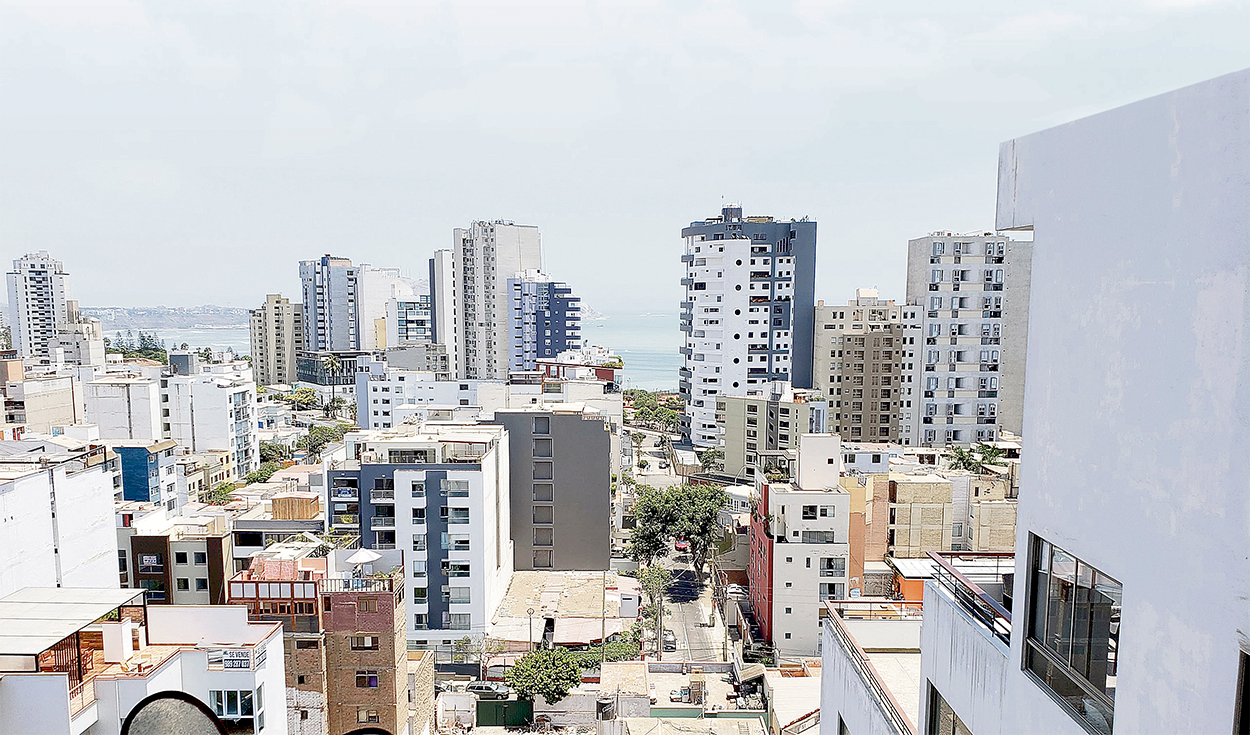
He construction sector It would have fallen 8.7% last year and the 3.3% rebound that is expected for 2024 will not bring a significant change in the closing of infrastructure gaps, they warned from the Peruvian Chamber of Construction (Capeco). It would be, without counting the pandemic —when it fell 14% and then rose to 35% in the bicentennial—, the worst result since 1999.
The continuous decline in domestic cement consumption – a barometer of the sector – weighs down both the public and private spheres, and real estate projects come into play in the latter.
Ricardo Arbulú, general manager of Citizenscomments that construction and investment in family projects will gradually recover due to the decline in interest rates, which during 2023 “decreased sales dynamism.”
Currently, the reference interest rate of the Central Reserve Bank (BCRP) has fallen to 6.50%, but Arbulú recognizes that for mortgage products the decrease usually occurs at a much slower rate. “In 2021 the rate was around 7% or 8%, but with the inflationary process it shot up to 12%. For every 1% less in the rate, more families will qualify for a mortgage loan,” added the architect for La República.
Demand persists
Guido Valdivia, director of Capeco, points out that housing prices barely changed 0.96% as of December 2023 and there will be no substantial increase, since demand remains intact.
This forecast is helped by the decline in the prices of the main construction inputs in year-on-year terms—except cement and labor, of course—: bricks fell 9.0%; steel, 5.1% and tiles, 2.8%.
“The decline is not due to market reasons, but due to administrative reasons. It has fallen because resources were not provided for regulated and regulated products,” Valdivia commented to this newspaper, in reference to the lower placements of mortgage loans in the products of the Mivivienda Fund.
In detail, the disbursement in the Fondo Mivivienda fell 13.6%, accounting for 11,843 credits; and although in the majority of financial institutions the decrease was 19%, the total loans double those of the state program.
Falls were recorded in the three FMV products: Mivivienda Verde (-13.6%); Traditional Mivivienda (-12.6%) and Own Roof Financing (-36.6%). Likewise, the disbursement of the Family Housing Bonus plummeted for the fourth consecutive year.
Valdivia stressed that municipalities such as San Isidro and Miraflores are doing wrong by stopping housing projects with a social focus in their jurisdictions, which is why he recommends that the Ministry of Housing exercise its powers and put an end to these obstacles in order to increase residential quality protected by sentences. of the constitutional Court.
How much is the m² in Metropolitan Lima?
From Grupo Lar they reminded this medium that the leader in general real estate sales is Cercado de Lima with 4,500 units per month.
It is followed by La Victoria, and in exclusive areas, Jesús María, San Isidro and Miraflores. In total, during 2023 there were 16,708 units sold.
According to the report of Urbania Lima MarketAs of November 2023, the average sales price in the city of Lima is S/6,647 per m², in 2023 it showed a slight increase of 0.3%. The new apartments were the ones with the greatest increase in price.
The data
The construction sector would grow 3.3% as a rebound effect this year, according to Capeco.
Source: Larepublica
Alia is a professional author and journalist, working at 247 news agency. She writes on various topics from economy news to general interest pieces, providing readers with relevant and informative content. With years of experience, she brings a unique perspective and in-depth analysis to her work.












